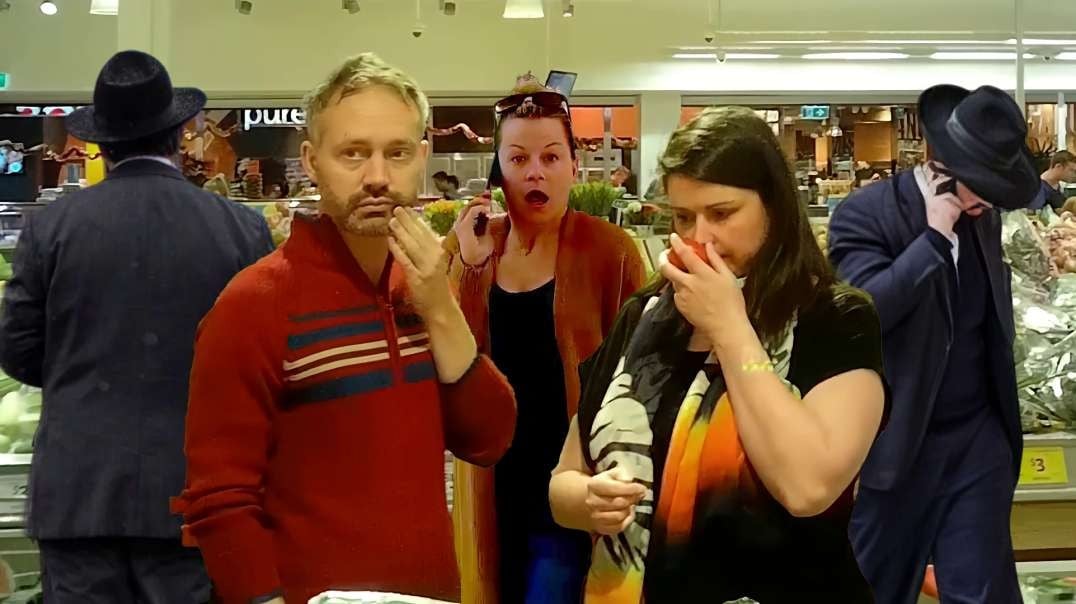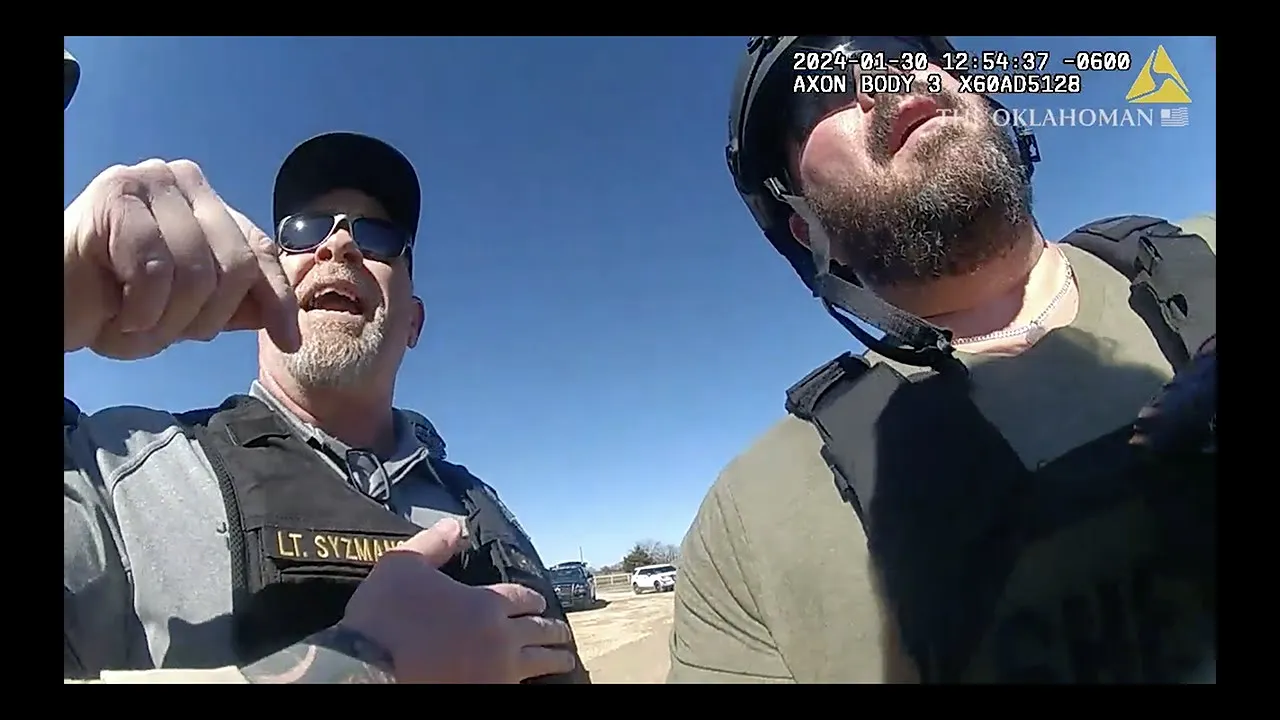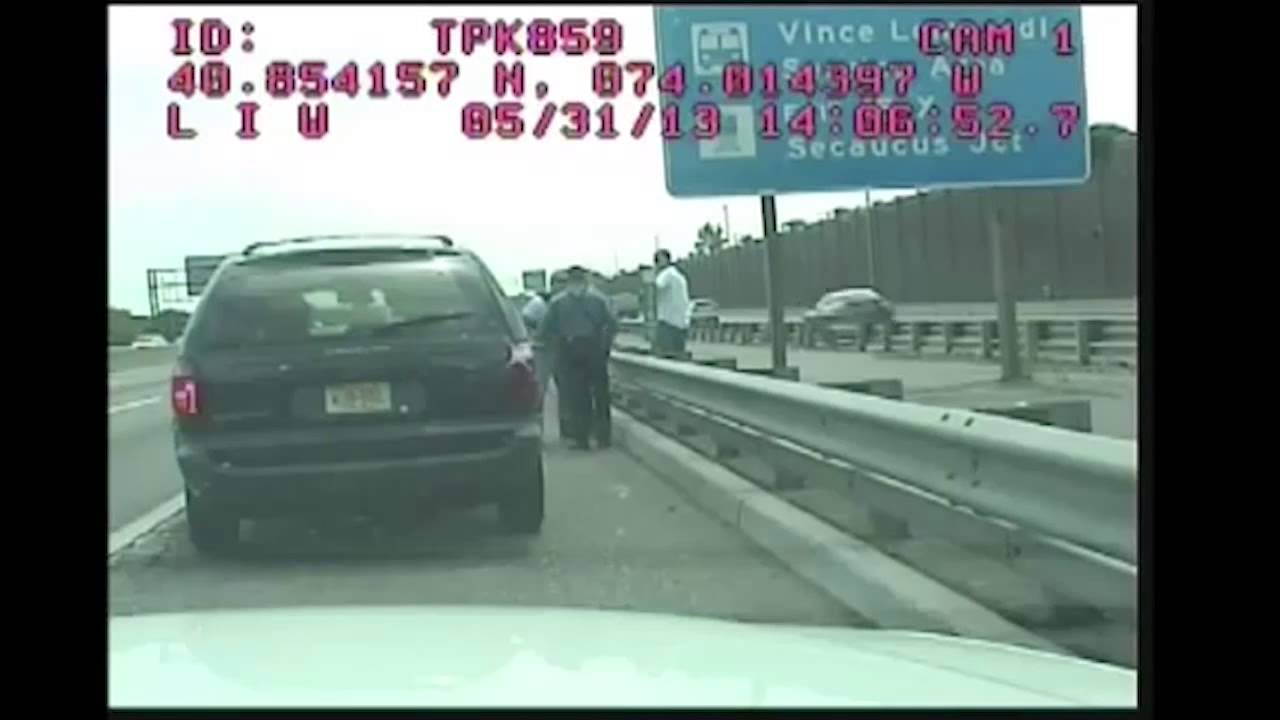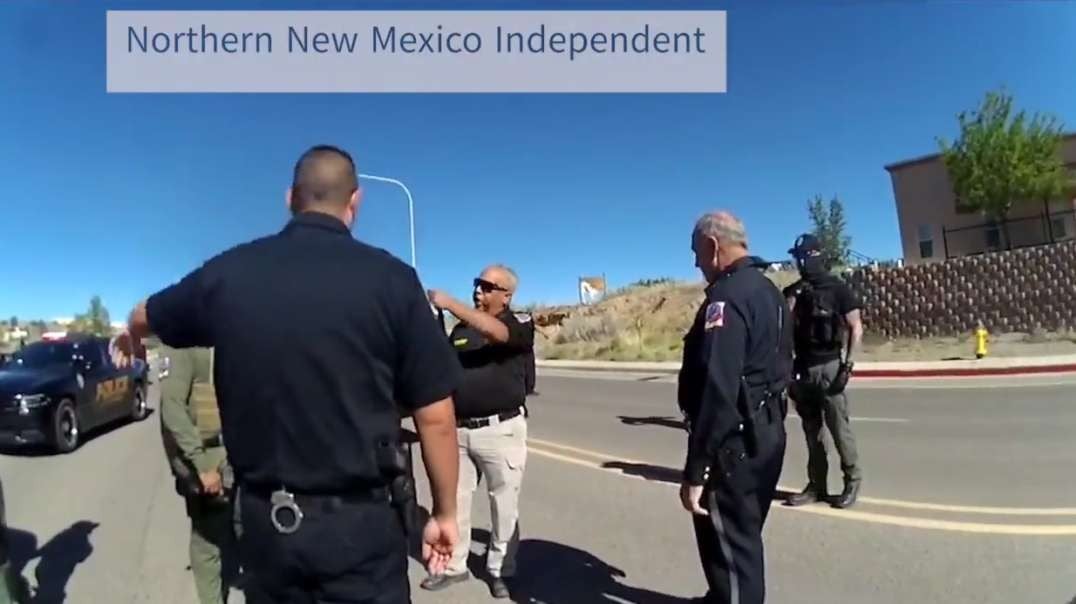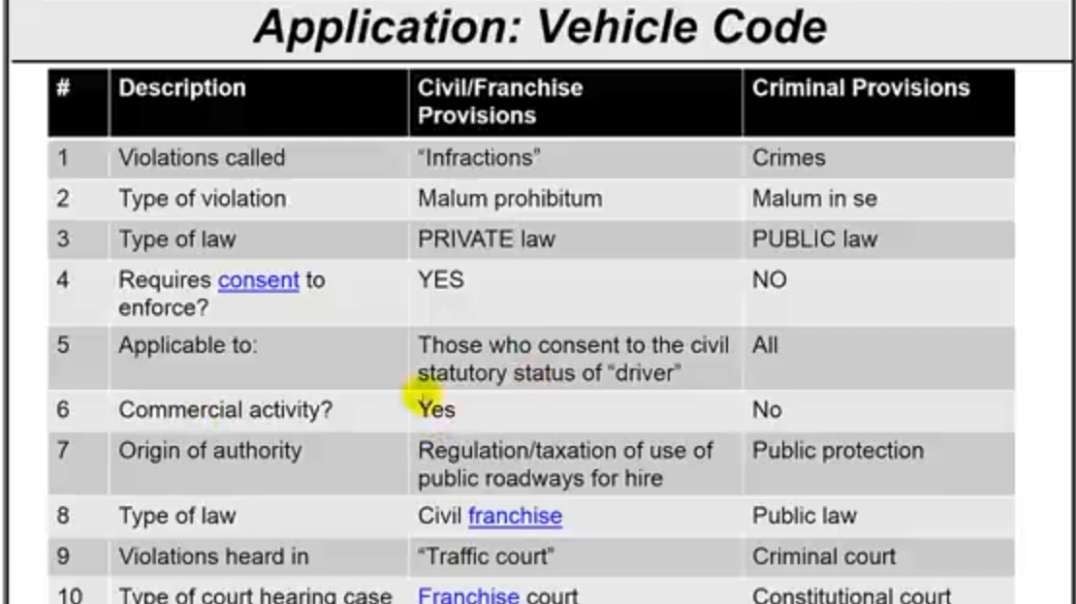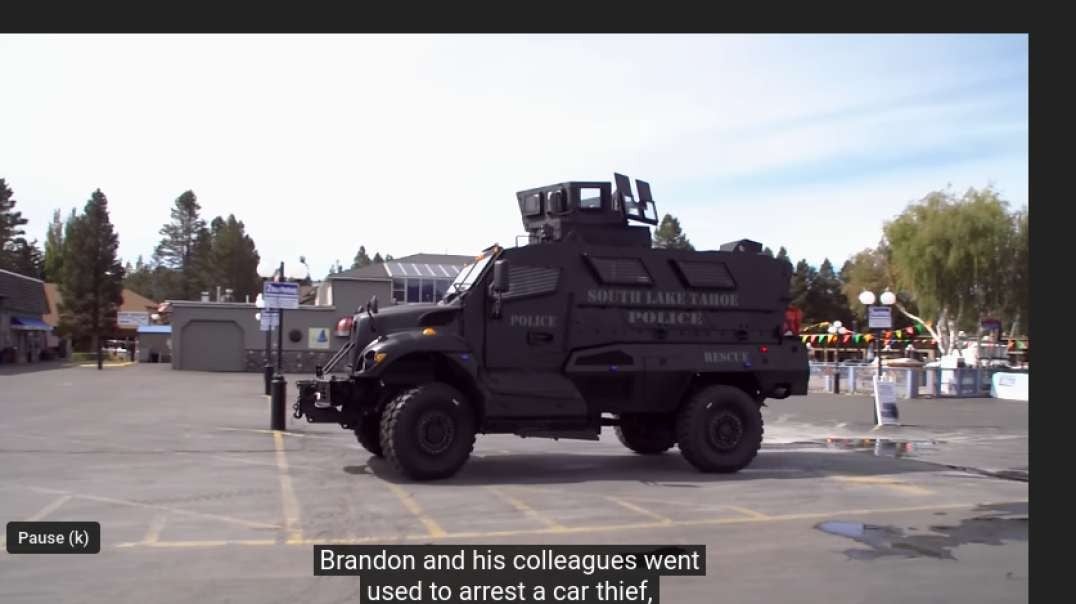The Stasi: The Most Terrifying Secret Police in the Eastern Bloc
Instagram: https://cutt.ly/NHBU7PA
Twitter: https://cutt.ly/WHBIq0X
PayPal: [email protected]
The darkest symbol of the German Democratic Republic (GDR) is the Stasi, the omnipotent Ministry for State Security. In 1989, the secret police service of a country with a population of only 16 million people employed 91 thousand full-time employees - not counting the "unofficial" Stasi workers. The later, according to various estimates, numbered from 200 thousand to 2 million. The Stasi was modeled after the Soviet NKVD but quickly surpassed it in the sophistication of its methods.
In the new episode of “How It Was,” we will recall the history of the most effective intelligence service in the Eastern Bloc. You will learn how spies from the GDR infiltrated the upper echelons of power in the neighboring Federal Republic of Germany (FRG). How did the East German agent Gunther Guillaume ruin the career of West German Chancellor Willy Brandt? How did the almost permanent Stasi leader Erich Mielke develop a mass surveillance system in GDR? We will also recall what the Stasi had in common with the Palestine Liberation Organization and how the East German agents used gaslighting to neutralize dissidents.
Covers and animations designed using
https://create.vista.com/uk/templates/youtube-thumbnails/
Videos used:
BERLIN - 1961 / U.S. Information Agency / PublicResourceOrg, Creative Commons - Attribution license;
The Enemy Agent and You / National Archives and Records Administration / PublicResourceOrg, licensed under Creative Commons - Attribution;
Counter-Intelligence Special Operations: Raids and Searches / National Archives and Records Administration / PublicResourceOrg, licensed under Creative Commons - Attribution.
Photographs used:
Bundesarchiv, Bild 183-1990-0311-018 / CC-BY-SA 3.0, Bundesarchiv, Bild 183-09986-0004 / Sturm, Horst / CC-BY-SA 3.0, FORTEPAN / Dobóczi Zsolt, Bundesarchiv, B 285 Bild-04246 / Unknown / CC-BY-SA 3.0, Bundesarchiv, Bild 183-20115-0006 / CC-BY-SA 3.0, Bundesarchiv, Bild 183-S98989 / CC-BY-SA 3.0, Bundesarchiv, B 285 Bild-14676 / Unknown author / CC-BY-SA 3.0, Bundesarchiv, B 145 Bild-F005191-0040 / CC-BY-SA 3.0, Bundesarchiv, Bild 183-19400-0127 / Krueger, Wolfgang / CC-BY-SA 3.0, Bundesarchiv, Bild 183- 60945-0005 / Ulmer, Rudi / CC-BY-SA 3.0, Bundesarchiv, Bild 183-F1215-0028-001 / CC-BY-SA 3.0, Bundesarchiv, Bild 183-F1215-0029-001 / CC-BY-SA 3.0 , Bundesarchiv, Bild 183-1982-0310-027 / CC-BY-SA 3.0, Bundesarchiv, B 145 Bild-F042453-0011 / Wegmann, Ludwig / CC-BY-SA 3.0, Pelz / CC BY-SA 3.0, Bundesarchiv, B 145 Bild-F040883-0015 / Wienke, Ulrich / CC-BY-SA 3.0, UNESCO / Dominique Roger / CC BY-SA 3.0, Anagoria / CC BY 3.0, Bundesarchiv, Bild 183-1986-0417-414 / Franke, Klaus / CC-BY -SA 3.0, Bundesarchiv, Bild 183-1987-0507-053 / CC-BY-SA 3.0, Bundesarchiv, Bild 183-1990-0329-028 / Oberst, Klaus / CC-BY-SA 3.0, Lear 21 / CC BY- SA 3.0, Bundesarchiv, Bild 183-1990-0115-026 / CC-BY-SA 3.0, Bundesarchiv, Bild 183-1990-0115-034 / CC-BY-SA 3.0, Bundesarchiv, Bild 183-1990-0116-014 / CC-BY-SA 3.0, Bundesarchiv, Bild 183-1989-1204-023 / Heinz Hirndorf / CC-BY-SA 3.0, Bundesarchiv, Bild 183-1990-0622-326 / Schöps, Elke / CC-BY-SA 3.0
Picture-alliance / dpa | Roland Holschneider, picture-alliance / Sven Simon | SVEN SIMON, EAST NEWS / AFP, Associated Press
Photograph from the Stasi Museum in Berlin: WAS.Media


